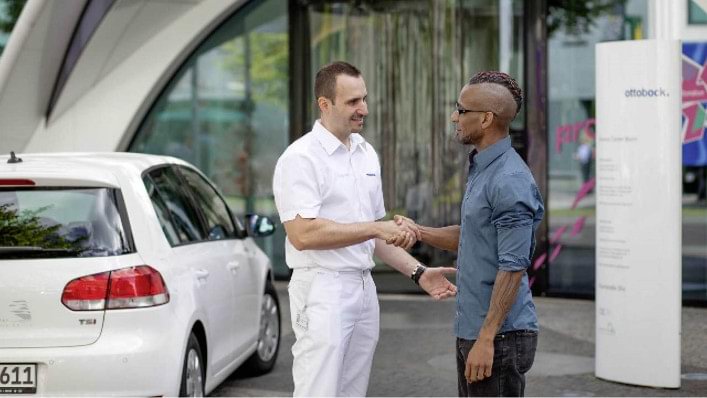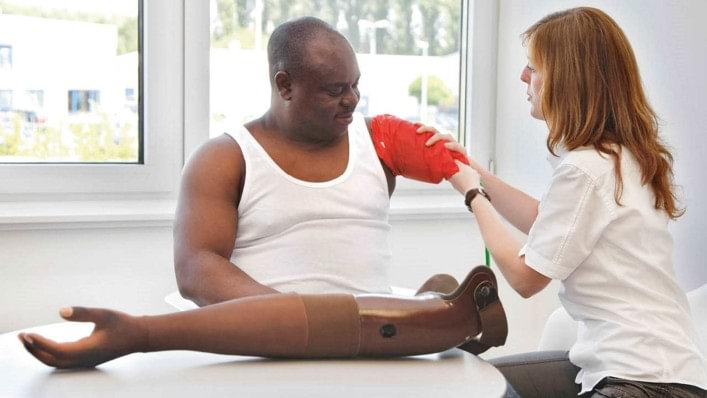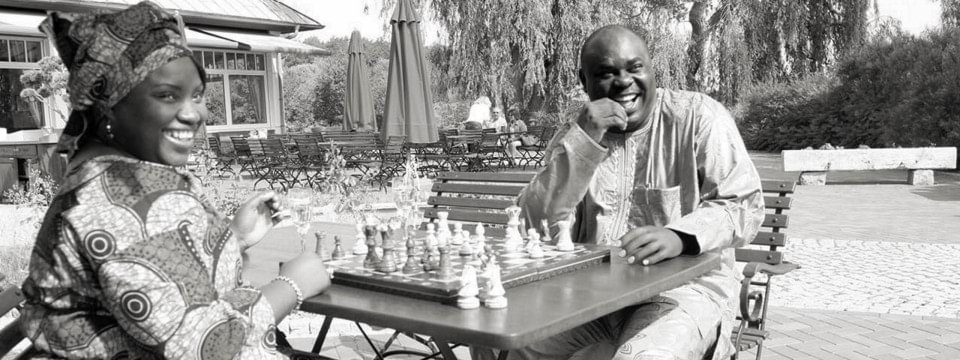Information for amputees & their families
What to expect before, during and after amputation
The most important goal of your entire treatment from surgery to rehabilitation, to the fitting of your prosthesis is to help you attain the most function and mobility possible, so you can lead an active life.
Your rehabilitation team, which includes your doctors, therapists, prosthetists and of course, you and your loved ones, will help you achieve the most independence possible. On average, this rehabilitation process takes between two to six months, although this can be affected by various factors, including your level of motivation and how well your prosthesis fits.
Recommendations with regard to your therapy and rehabilitation are provided below. However, the instructions from your rehabilitation team always take priority since this team is best able to evaluate your individual situation.

Before the amputation
Whether you’ve known about your amputation surgery for a while, or just found out, remember that you’re not alone. Your treatment team is there to support you, answer question—and find the best solutions for you.

Amputationlevel
The term amputation level is used to describe the location at which the body part is amputated.
The amputation level is determined by the doctor before the operation and is based on the reason for the amputation.

After the amputation
Immediately after your operation, the focus will be on your recovery and the healing of your arm, also referred to as your residual limb. A healthy recovery is important so that you can start rehabilitation soon and be fitted with a prosthesis.

Rehabilitation
Once your residual limb has been properly formed you’ll learn more about your prosthesis. You’ll be instructed in how to take care of it as well as your residual limb, and you’ll also begin training with it.
